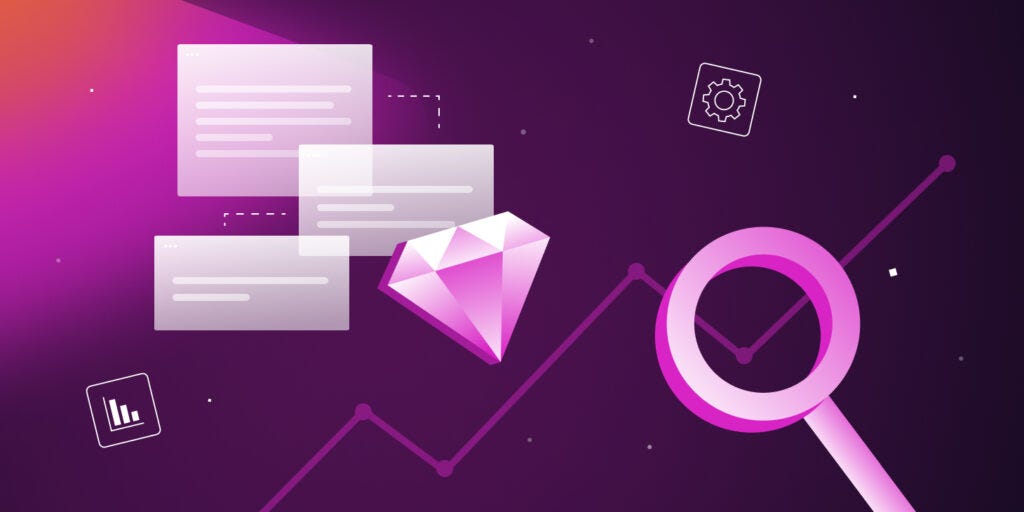🚀 Mastering Query Optimization: Supercharge Your App Performance! 💡
🚀 Mastering Query Optimization: Supercharge Your App Performance! 💡
Whether you’re building a small app or managing a massive enterprise system, query optimization is 🔑 to ensuring blazing-fast performance and happy users. 🧑💻📈 Slow database queries can tank your UX, hurt your SEO, and frustrate developers. But don’t worry — with the right techniques and tools, you can make your queries lightning fast! ⚡
In this blog, we’ll explore every step to optimize your queries, covering best practices, hidden tricks, tools, and performance principles — with examples! 🔍✅

📌 Why Query Optimization Matters?
- ⏱️ Performance: Faster queries = better response time.
- 💰 Cost Efficiency: Less DB load = lower infra bills.
- 🌐 Scalability: Optimized queries scale better under pressure.
- 😃 User Satisfaction: Speed thrills, and users love it.
🧠 Step-by-Step Guide to Query Optimization
1️⃣ Understand Your Data & Use Case
Before writing a query:
- Know the schema and table sizes 📊
- Understand access patterns (reads, writes, updates)
- Analyze which data is queried frequently
✅ Example:
If you’re querying a list of active users, ensure the status field is indexed.
SELECT * FROM users WHERE status = 'active';2️⃣ Use EXPLAIN to Analyze Your Query 🔍
Use EXPLAIN (or EXPLAIN ANALYZE in PostgreSQL) to see:
- Whether indexes are used
- Which parts are scanning full tables
- Estimated cost
📌 Example:
EXPLAIN SELECT * FROM orders WHERE user_id = 42;This shows if it’s using an index on user_id.
3️⃣ Leverage Indexes Wisely 🧷
🔹 Index commonly filtered or joined fields
🔹 Use composite indexes where multi-field filters are used
🔹 Avoid over-indexing (it hurts write performance)
✅ Example:
CREATE INDEX idx_user_status ON users (user_id, status);⚠️ Don’t blindly add indexes. Analyze usage frequency and data changes.
4️⃣ Avoid SELECT * ❌
Always select only the fields you need!
✅ Good:
SELECT id, email FROM users WHERE status = 'active';❌ Bad:
SELECT * FROM users;5️⃣ Batch Your Queries 🧺
Avoid N+1 query problems.
🔁 Example of N+1:
# Ruby on Rails
@users.each do |user|
user.posts
end✅ Optimized:
@users = User.includes(:posts)6️⃣ Use Caching Where Necessary 🧠
Use Redis or Memcached to cache:
- Expensive query results
- Frequently accessed data
✅ Tools:
- 🔧 Rails:
Rails.cache.fetch - 🔧 Django:
cache.get / cache.set
7️⃣ Paginate Large Data Sets 📄
Don’t load thousands of rows at once. Use pagination.
✅ Example:
SELECT * FROM users ORDER BY created_at DESC LIMIT 20 OFFSET 0;Use cursor-based pagination for better performance on large datasets.
8️⃣ Optimize Joins & Use Subqueries Wisely 🔗
- Ensure joined columns are indexed
- Avoid joining unnecessary tables
- In some cases, subqueries perform better than joins
✅ Join example:
SELECT u.id, o.total
FROM users u
JOIN orders o ON u.id = o.user_id
WHERE u.status = 'active';9️⃣ Use WHERE Clauses Effectively 🧭
Don’t fetch everything and filter in memory.
✅ Correct:
SELECT * FROM products WHERE category = 'electronics';❌ Wrong:
Product.all.select { |p| p.category == 'electronics' }🔟 Archive Old Data 🗂️
Large tables = slower queries. Move old or unused data to an archive table.
✅ Strategy:
- Archive orders older than 2 years
- Use partitions in PostgreSQL or MySQL
⚒️ Tools That Help in Query Optimization

✨ Bonus Tricks & Tips
✅ Use LIMIT 1 for single results
✅ Don’t use functions on indexed columns in WHERE
✅ Normalize your DB to avoid redundancy
✅ Profile queries regularly (don’t wait till users complain)
✅ Enable slow query logs in production
📚 Query Optimization Principles
🔹 Principle of Locality: Cache what is frequently accessed
🔹 80/20 Rule: 80% of performance comes from 20% of queries
🔹 Don’t Optimize Prematurely: Measure before optimizing
🔹 Write Readable Queries: Easier to debug and improve later
🔹 Use DB Profiler Tools: Find slowest parts, not assumptions
🏁 Conclusion
Query optimization isn’t just a technical task — it’s an art that balances performance, readability, and scalability. 💼
If your app feels slow or you’re seeing high DB usage — optimize your queries first before scaling infrastructure! 🚀
Comments
Post a Comment